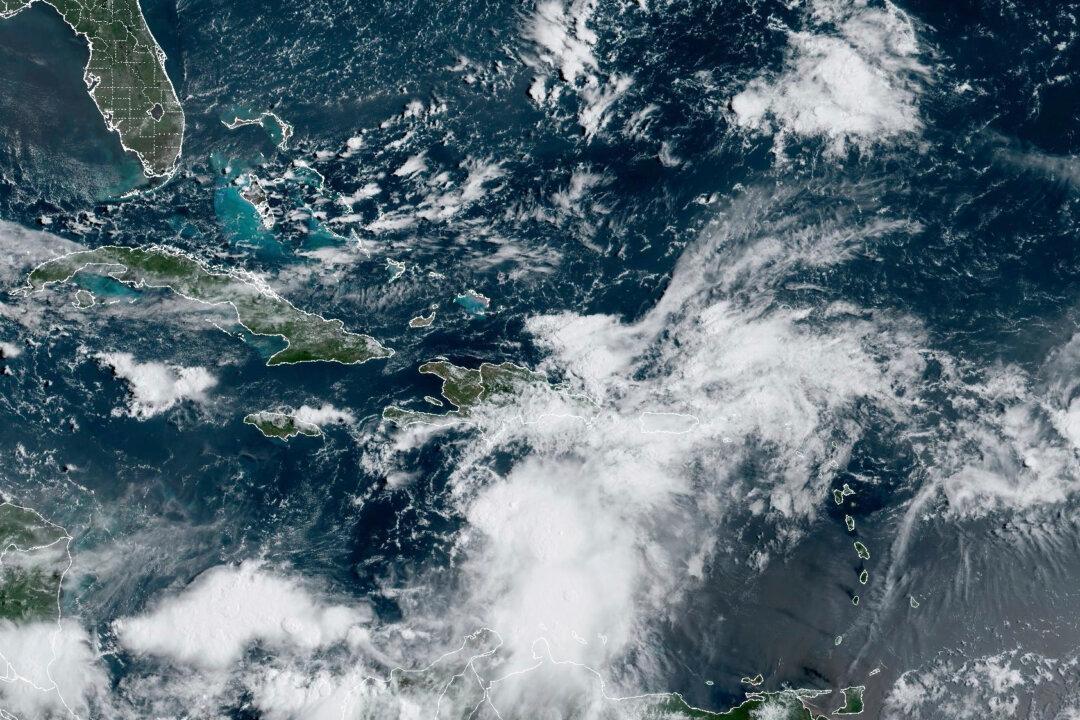SAN JUAN, Puerto Rico—Authorities in the Dominican Republic prepared to shut down much of the country Tuesday as Tropical Storm Franklin took aim at the island of Hispaniola that it shares with Haiti and threatened to unleash landslides and heavy floods.
The storm was expected to make landfall on the island Wednesday and bring heavy rains of up to 10 inches (25 centimeters) in both countries, with up to 15 inches (38 centimeters) in isolated areas. Heavy rainfall is of great concern to Haiti, where severe erosion in many places can lead to catastrophic flooding. A storm surge of up to three feet (one meter) also was forecast.





